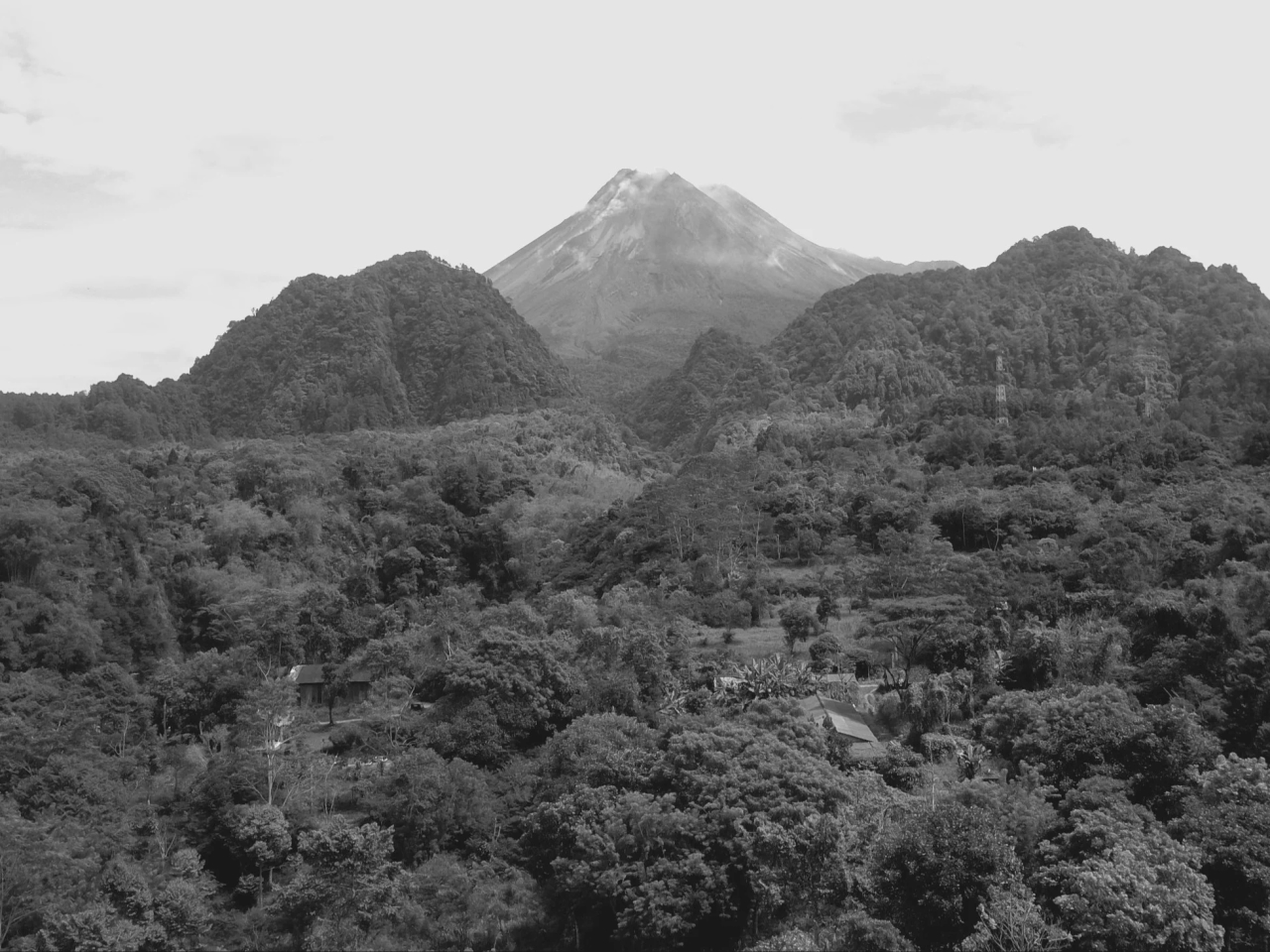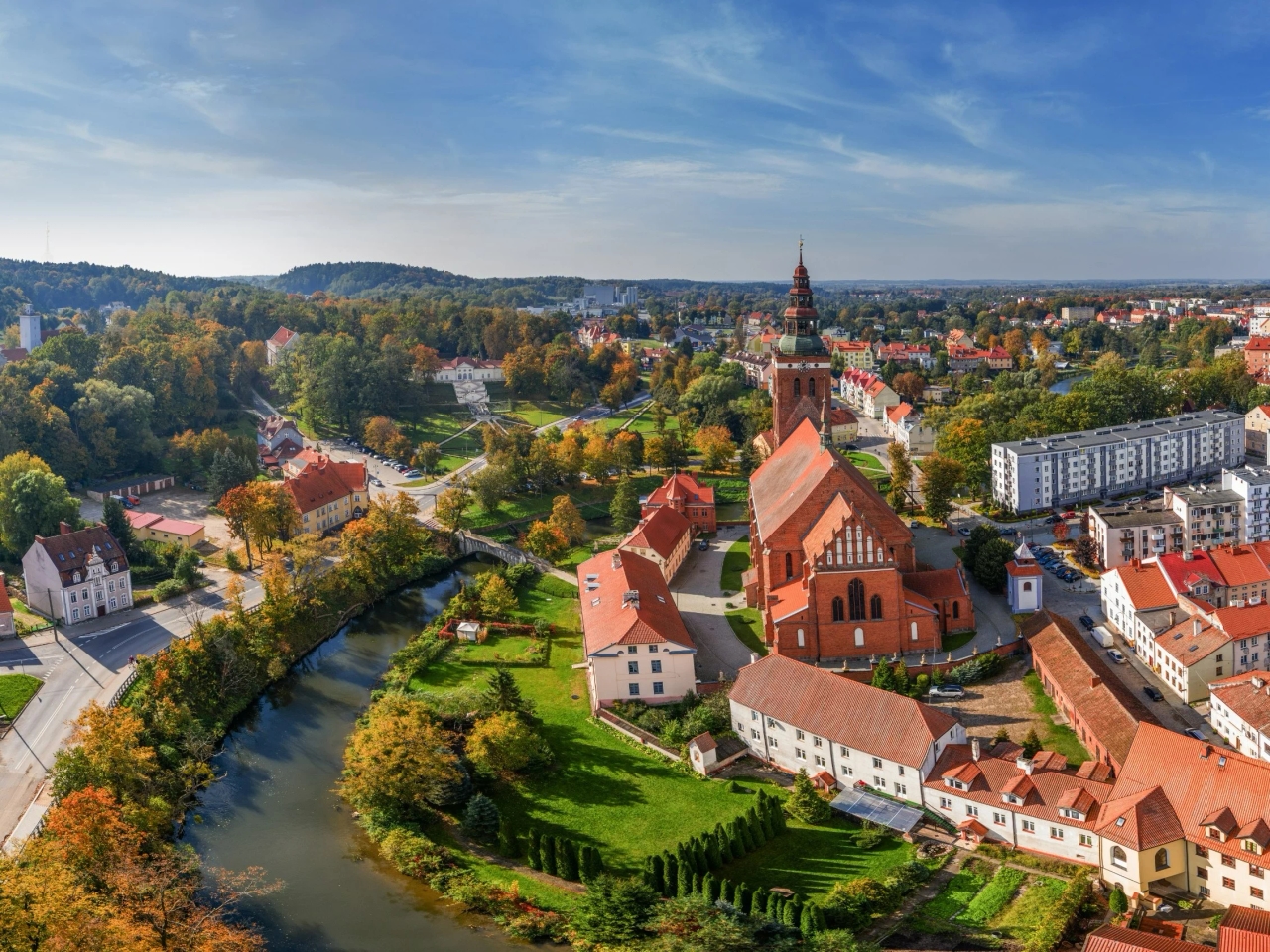The Mountain of Fire suddenly awoke. A shocking sight.

Merapi is located approximately 2,900 meters above sea level. The Center for Geological Disaster Research and Technology Development, which has been monitoring the volcano for several years, estimated it to pose a level three threat (on a scale of four)—and it remained under that alert throughout.
On Sunday (November 2), it suddenly awoke. Pyroclastic flows (a mixture of hot volcanic gases, as well as ash and rock fragments, moving at high speeds – up to 150 kilometers per hour – down the volcano's slopes) were reported in the Merapi area.
The first one was spotted before noon. Experts from Indonesian institutes have counted eight such incidents.
Indonesia. Authorities appealed to citizensIt's worth noting that Merapi poses a threat to the local population – 400,000 residents of Yogyakarta. In addition to avalanches, authorities are also concerned about lava spewing from the mouth of Mount Fire. Rainfall allows it to reach lower elevations.
City officials are urging citizens and visitors to be vigilant and heed press releases from authorities. The most at-risk area is the southwest sector, along the Boyong, Bedog, Bebeng, and Krasak rivers.
People are asked to stay at home – it is not recommended to plan outdoor activities, especially in the most dangerous territories.
Merapi volcano, also known as the Mountain of FireMerapi is one of the most active volcanoes on Earth. Since the 16th century, approximately 60 major eruptions have been recorded. Residents expect smaller eruptions approximately every two to three years. The last time it erupted was in December 2023 (almost two years ago).
In 2010, an eruption killed over 300 people, not to mention damaging infrastructure and crops. Thousands were forced to flee their homes.
Read also: Mysterious disappearance of a tourist from Poland. The trail ends on a Portuguese island. Read also: IMWM warns of flooding. This region of Poland is at risk.
Wprost




